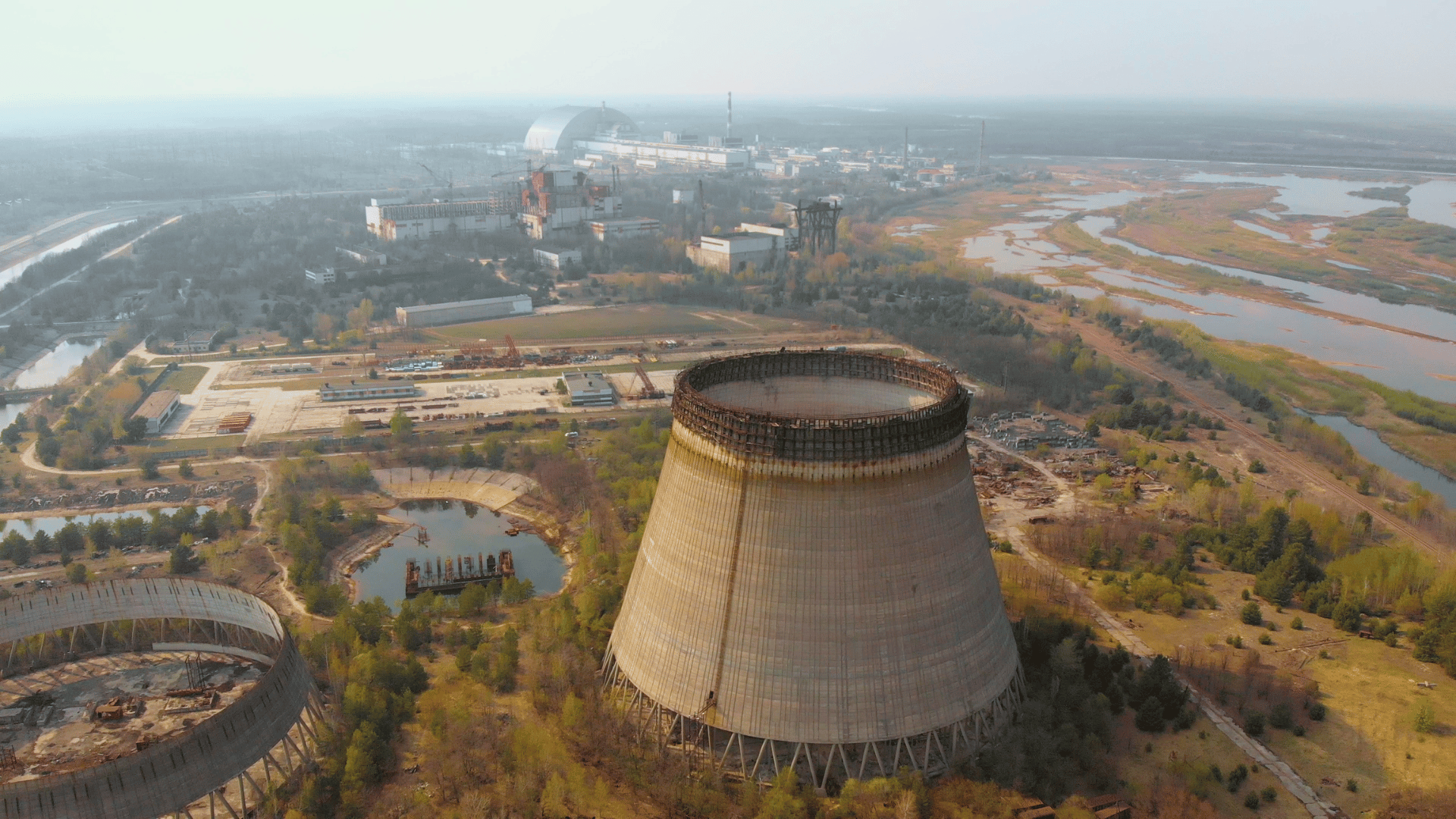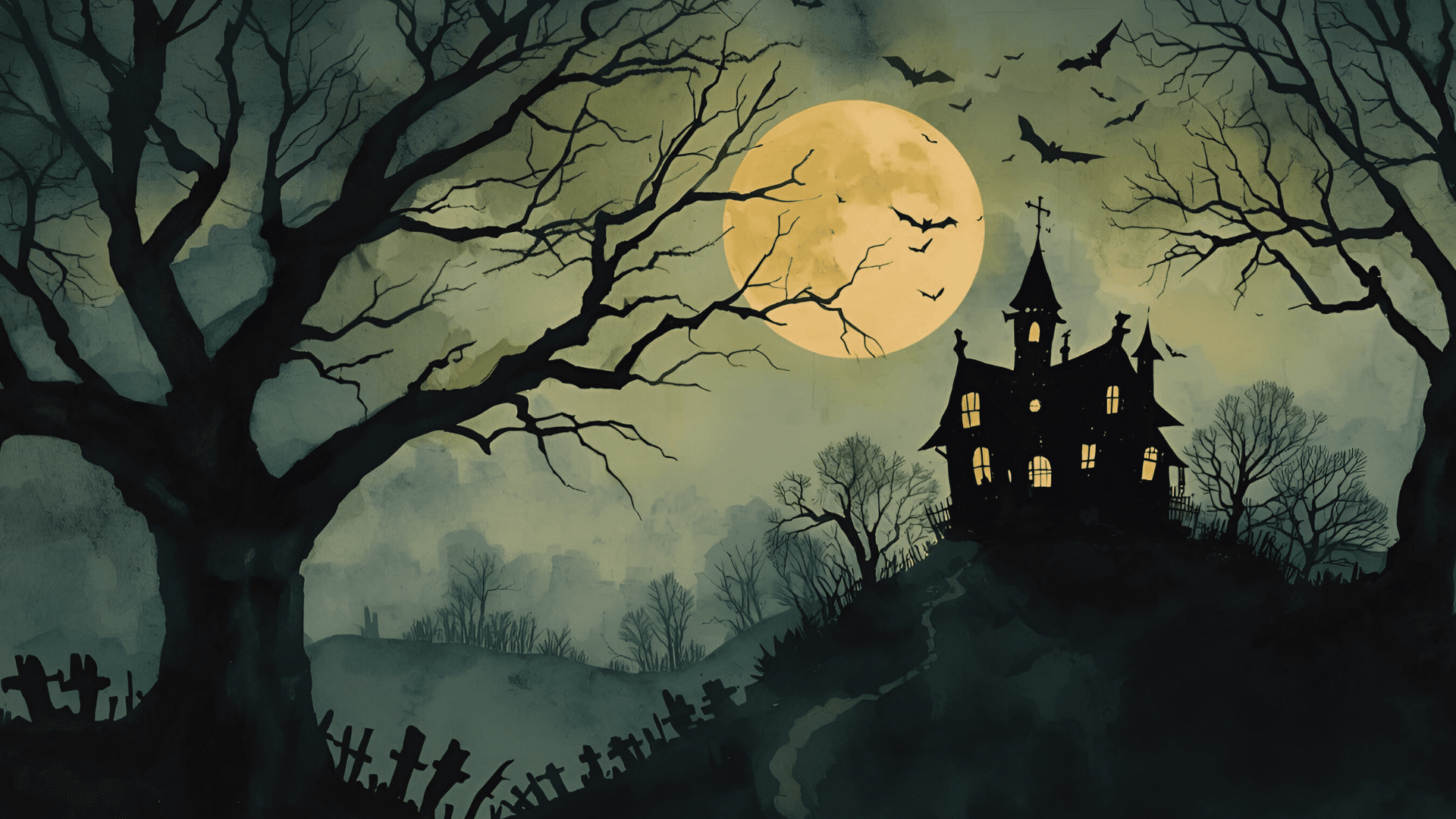The U.S. and North America are home to several stunning locations that are must-sees for stargazing enthusiasts. Here are our top five places to look at the sky.
Cherry Springs State Park
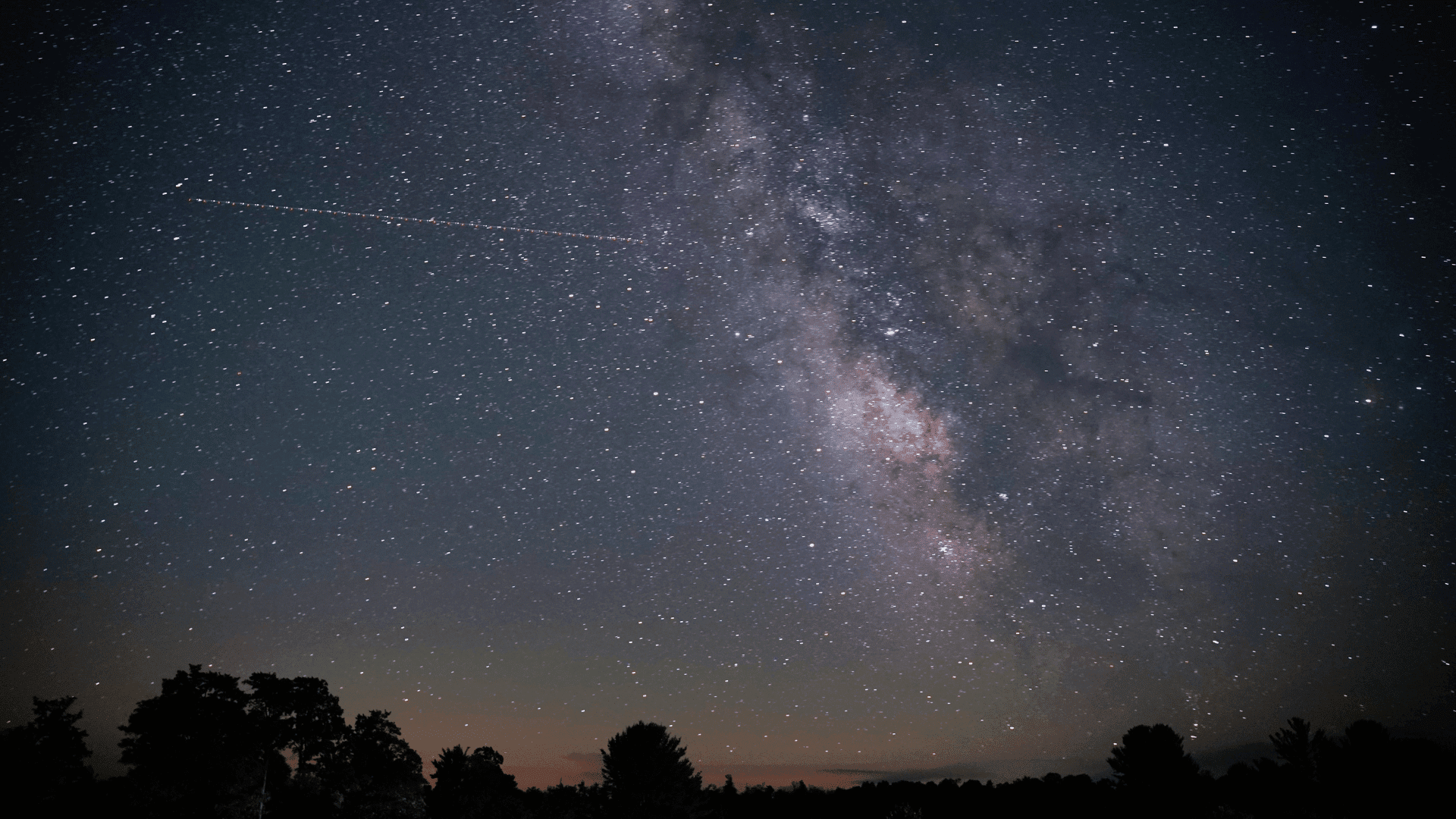
In the eastern part of the U.S., finding a good spot for stargazing is difficult because of the variety of major cities, which leads to light pollution. However, tucked into central Pennsylvania is Cherry Springs State Park, one of the earliest certified Dark Sky Parks. The Susquehannock State Forest surrounds the state park and insulates it from light pollution. The Astronomy Field is the most popular stargazing location in the park, where people get a 360-degree night sky view. During ideal conditions, stargazers regularly see the Milky Way, planets, meteors, and even nebulae. The late summer months are ideal, but bring large crowds.
Death Valley National Park
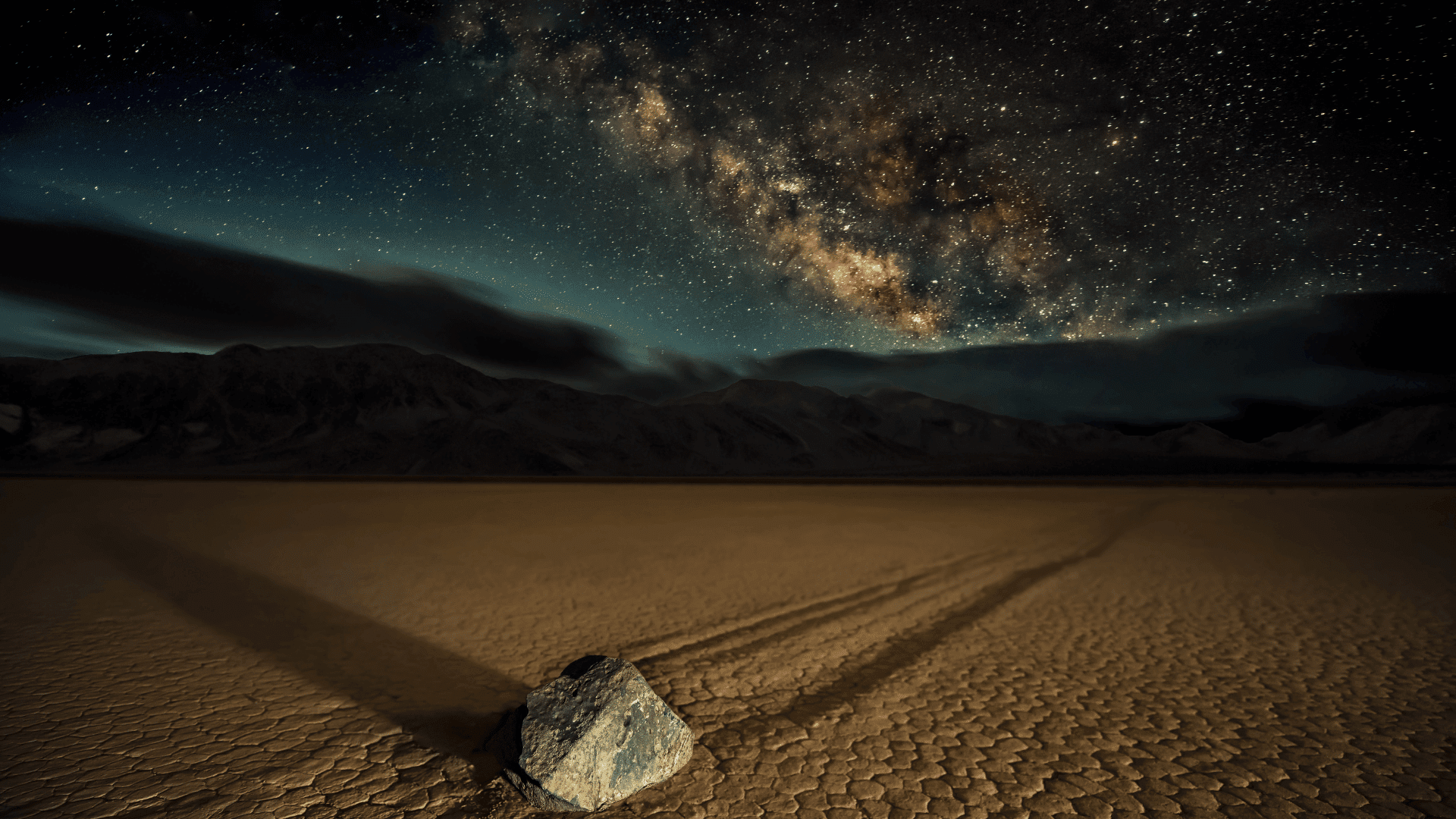
California’s Death Valley National Park is the lowest point in North America. It’s part of the Mojave Desert (the driest desert) and holds the record of the highest temperature ever: 134°F in 1913. Despite all of that, its geographical and atmospheric conditions make it one of the world’s top stargazing locations. Death Valley’s remoteness and bowl shape eliminate light pollution. The Milky Way is apparently so vibrant that it casts shadows on the ground. It’s best to go in the fall or spring because temperatures are more favorable during these times.
Craters of the Moon National Monument and Preserve
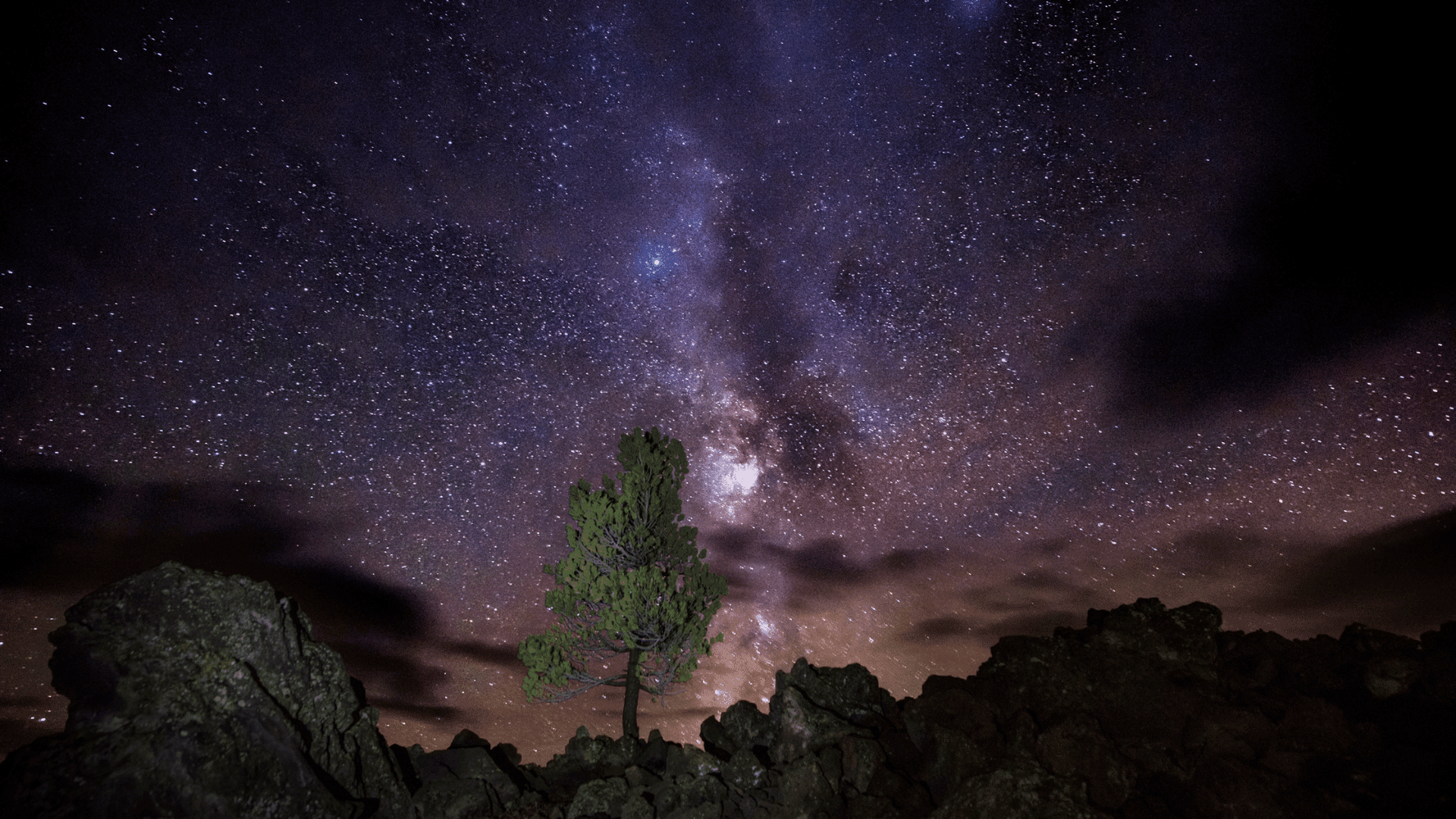
Located in Idaho’s Snake River Plain, the Craters of the Moon National Monument and Preserve gives visitors an “unearthly” feel. Craters of the Moon is a volcanic site, getting its “craters” from lava tubes, cinder cones, and massive solidified lava flows. Its unusual terrain and high elevation make it seem like a different world. It wasn’t until 2017 that the park was recognized for its dark skies, earning its certification as a Dark Sky Park. The park is crowded during the summer, but that’s the best time to go. If you want to avoid the crowds in the spring or fall, just prepare for colder nights.
Waterton-Glacier International Peace Park
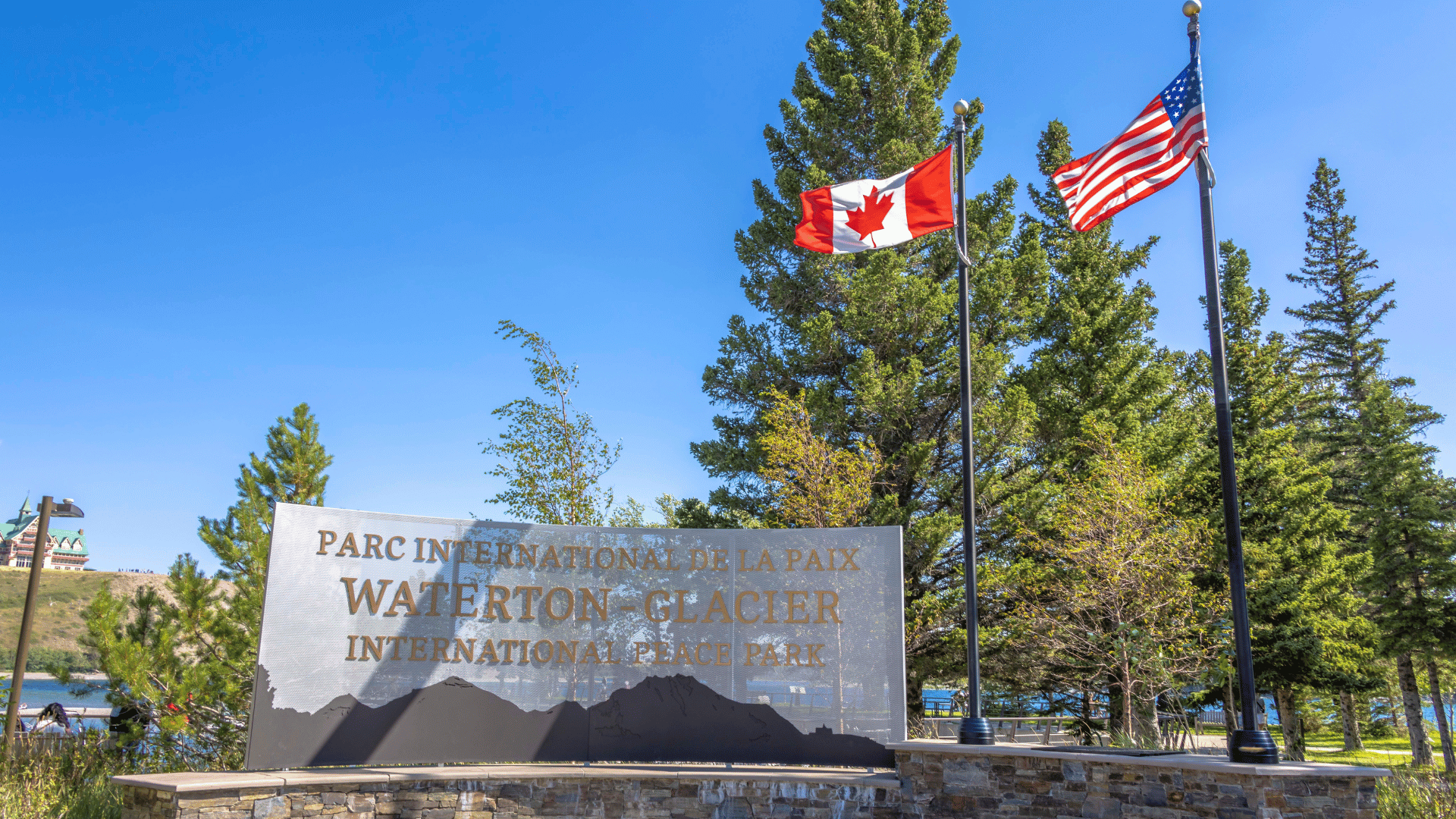
This park is the result of the union between Waterton Lakes National Park in Canada and Glacier National Park in the United States. It symbolizes peace and friendship between the two countries. Remotely located in Montana and Alberta, it’s isolated from major cities and has ideal conditions for stargazing. The park received its Dark Sky Park certification in 2017, making it the first to sit across an international border. While the park is open year-round, the best time to visit is in the late summer months.
Chaco Culture National Historical Park
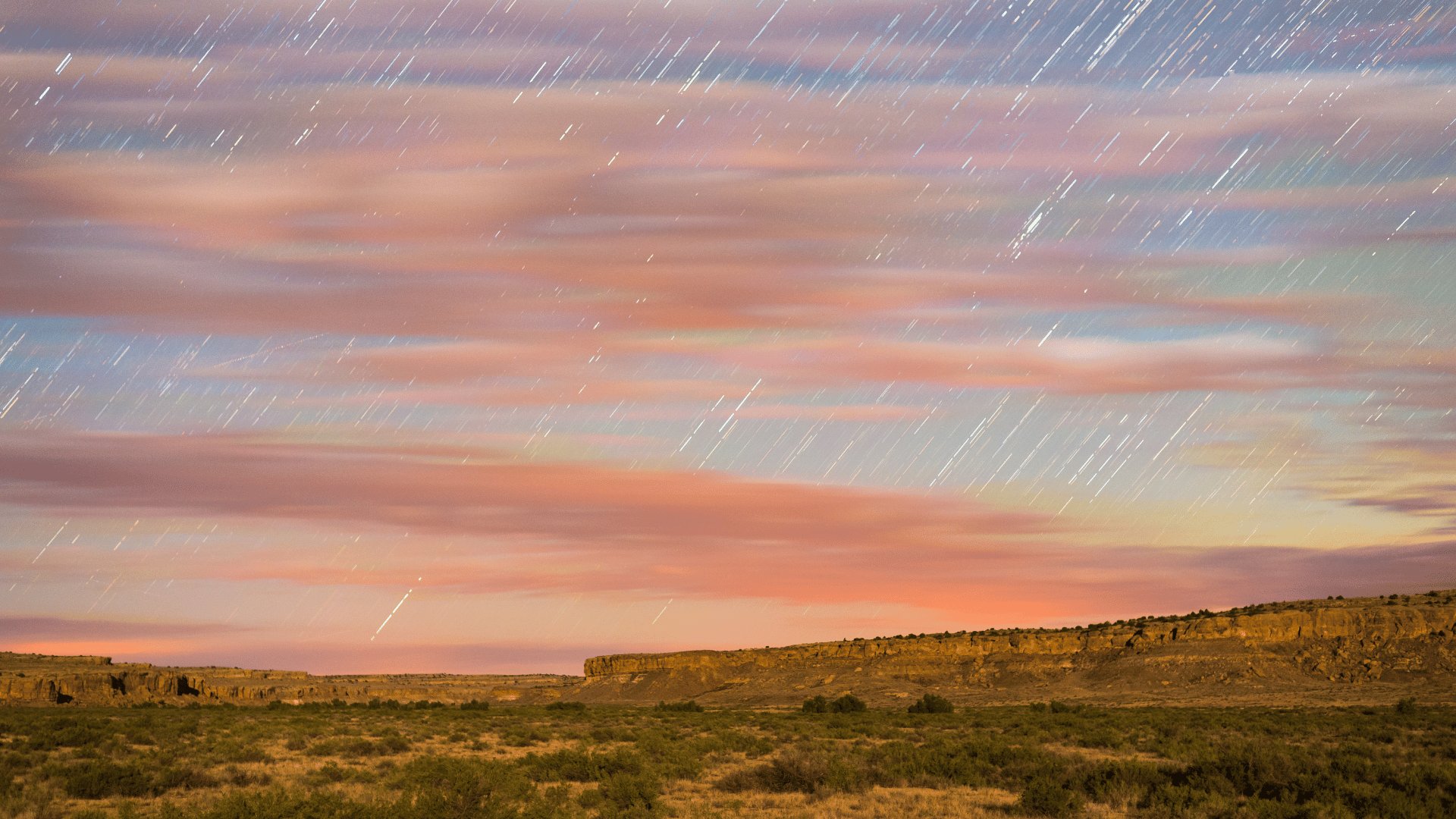
Large stone structures built by the Pueblo peoples still stand in the Chaco Culture National Historic Park. Archaeoastronomers believe many of the buildings were constructed in alignment with celestial events. The U.S. National Park System preserves the site in New Mexico, and light pollution controls were established to protect the night sky. Because it’s in the desert, it’s essential to be aware of hot days and cold nights in the summer.



